Charles Rennie Mackintosh: 'We will lose his work if we don't protect it'
- Published
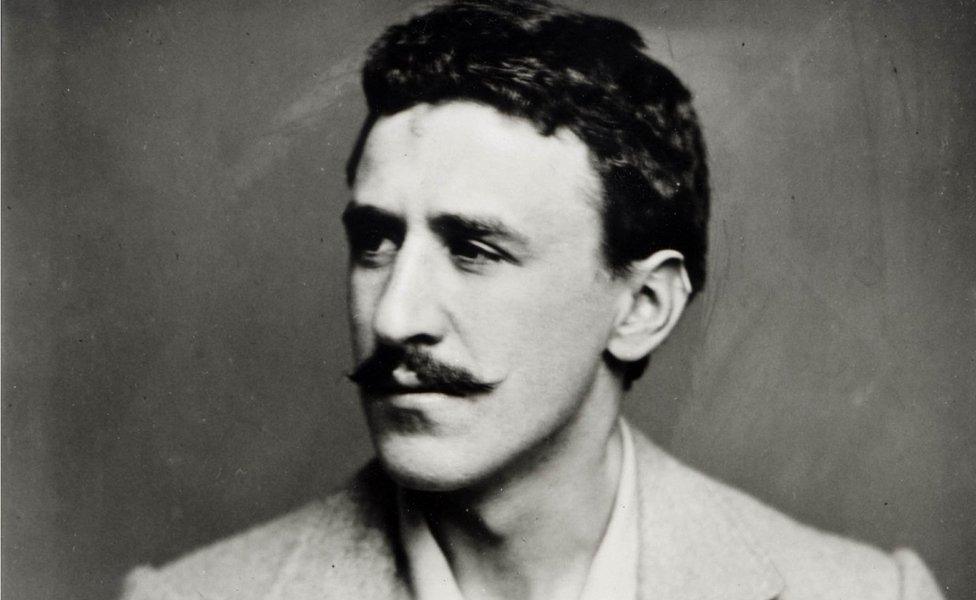
After 50 years of the Charles Rennie Mackintosh Society, the architect's buildings are still at risk
The Charles Rennie Mackintosh Society was born of necessity.
Four of his buildings stood in the way of the motorway that Glasgow Corporation planned to build in the 1970s.
One of them, Martyr Street School, was already the subject of a demolition order when the society held its first meeting in October 1973.
"There was a lot happening in the city, and many of the plans were likely to affect Mackintosh," says Stuart Robertson, who has been director of the society since 2001.
"Mackintosh was relatively unknown, beyond other architects and designers and as well as saving his buildings, the society's aim was to start spreading the word about him around the world."
Martyrs Street School survived, as did Queen's Cross church and Scotland Street School which, although outside the motorway ring, looked likely to be affected.
Ingram Street tearooms did sit inside the development and were demolished in 1971, although the rooms were documented and catalogued before being put into storage.
In 1978 they were transferred to Glasgow Museums. Some pieces were eventually restored and returned to public view, including the Oak Room which is now on show at the V&A Dundee.
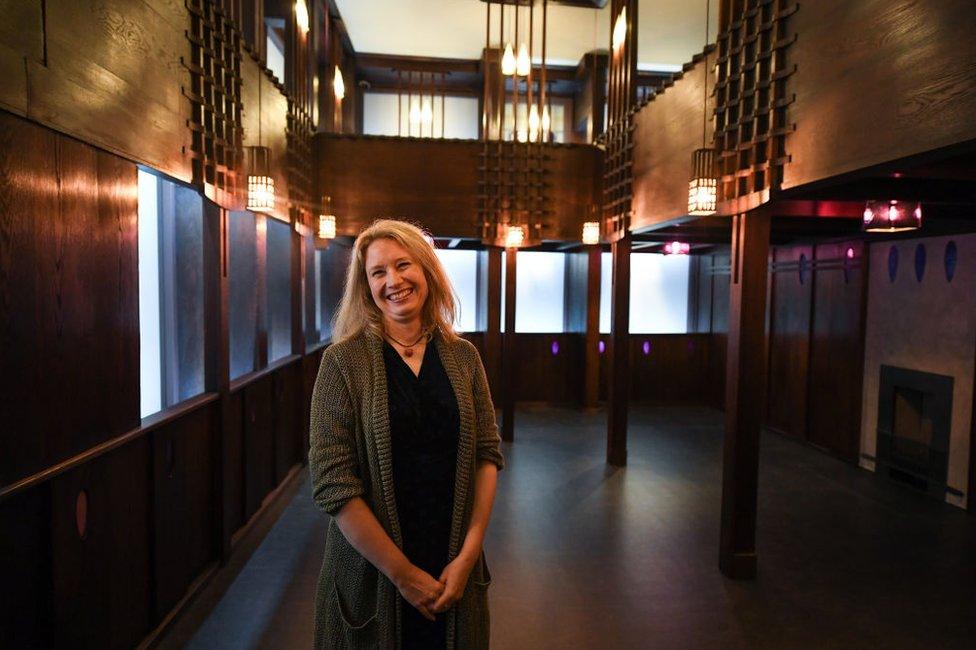
Alison Brown of Glasgow Museums inside Mackintosh's Oak Room, inside the V&A
Michael Dale, who has just been appointed chair of the CRM Society, has led many of Scotland's cultural organisations including the Edinburgh Fringe, events at the Glasgow Garden Festival and the West End festival.
"1990 was a huge turning point in terms of tourism," he says. "We suddenly had tourists and we created a market for Mackintosh, someone who is here every day of the week, every week of the year and every year for the last 50 years.
"We need to persuade government - local and national - that it's worth investing in.
"They managed to find £565m for Commonwealth Games which lasted 11 days, so think about the kind of impact investing in Mackintosh could have."
A survey of Mackintosh buildings carried out by the Society in 2015 concluded the estate was "small, fragile and precious".
It included the Mackintosh School of Art, damaged by a fire in 2014, and almost entirely lost in a second fire in 2018.
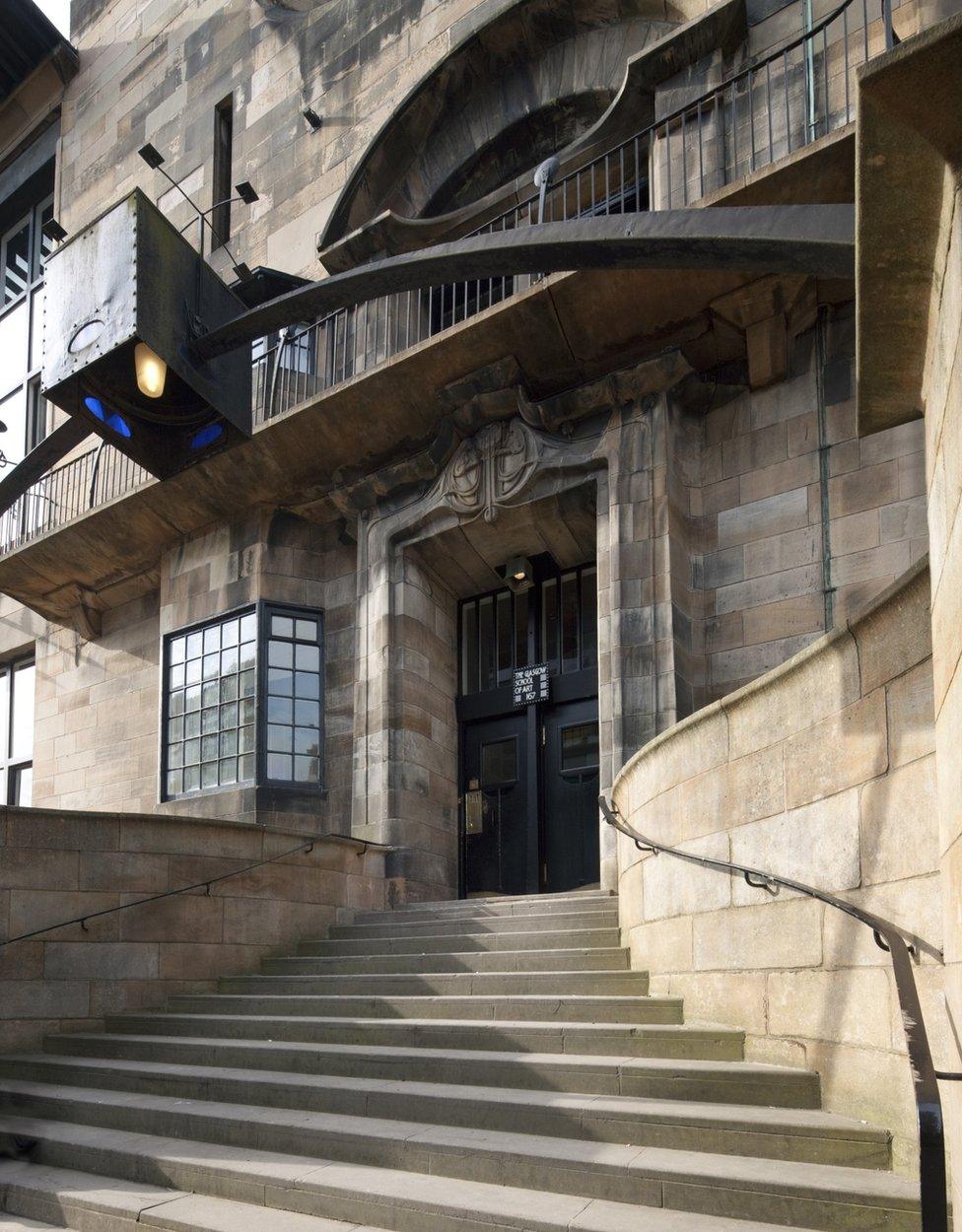
Glasgow School of Art pictured before the 2018 fire

Robertson says: "These are historic buildings which need to be looked after. Particularly after years of neglect.
"If we don't protect them, we will lose them forever and the city has to wake up to that."
The handful of buildings in Glasgow City Council's care come with challenges. Scotland Street School is currently closed for redevelopment.
The Lighthouse, in Mitchell Lane, has been closed since the pandemic.
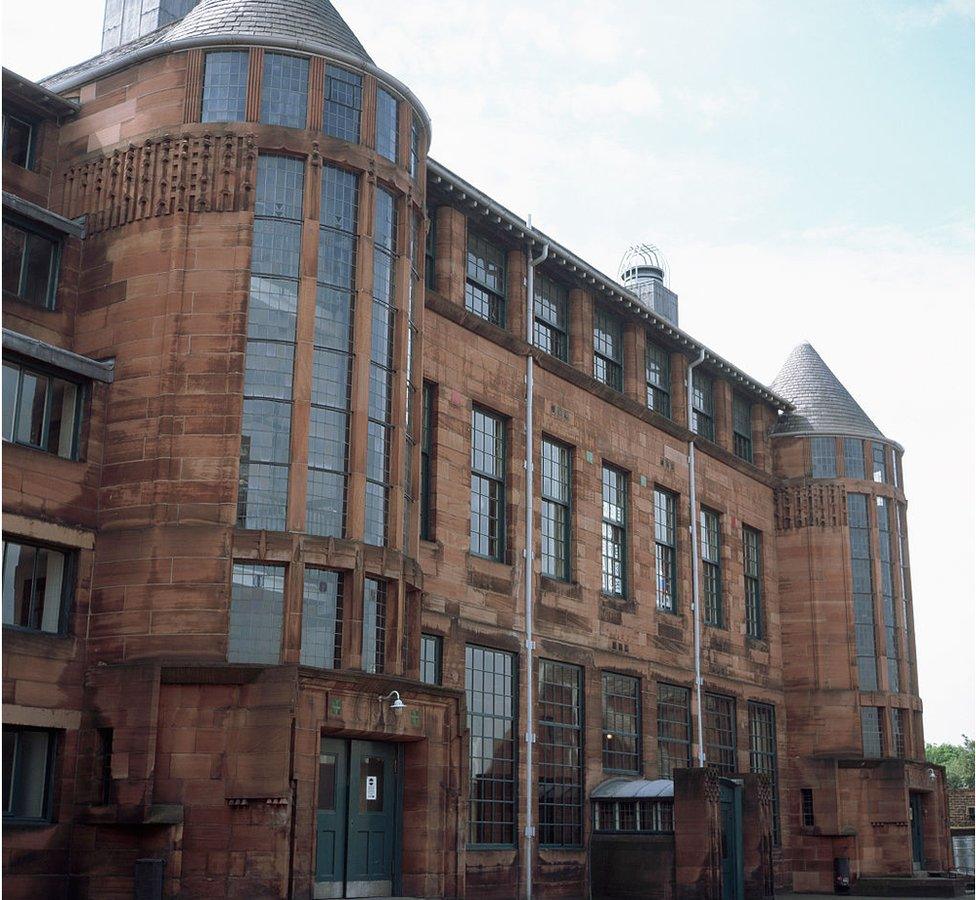
Scotland Street School is currently closed for redevelopment

On Thursday, Glasgow City Council will host a reception to mark the 50th anniversary of the Charles Rennie Mackintosh Society.
But its thousand members, who come from across the world, can't rest on their laurels. They believe there's as much need for the society today as there was 50 years ago.
"I'd say even more," says Stuart Robertson. "These buildings are fragile and suffer badly if not maintained. There are 300 buildings on the at-risk register in Glasgow. If we can't look after Mackintosh, what hope is there for any other buildings?"
Michael Dale wants to see the CRM Society advising on conservation in the same way the Cockburn Association does in Edinburgh. He compares Glasgow to cities like Barcelona, Chicago and Manchester, where conservation and culture are at the heart of plans.
"It's time for Glasgow to be a powerhouse like that," he says.
So what is the state of play for Mackintosh's best-known buildings?
Glasgow School of Art
Take a look inside the Mackintosh Building restoration project
The Mackintosh building in Garnethill was designed in phases between 1896 and 1909, in Art Nouveau style.
One of Mackintosh's most celebrated buildings, it was also unusual in being a work of art which was also a working art school. It was damaged by fire in 2014, and was close to reopening after restoration when it was devastated by a second fire in 2018.
In January 2022, the Scottish Fire and Rescue Service concluded a three year investigation which found no cause could be determined. Glasgow School of Art plan a "faithful reinstatement", which is due to open in 2030.
Queen's Cross church
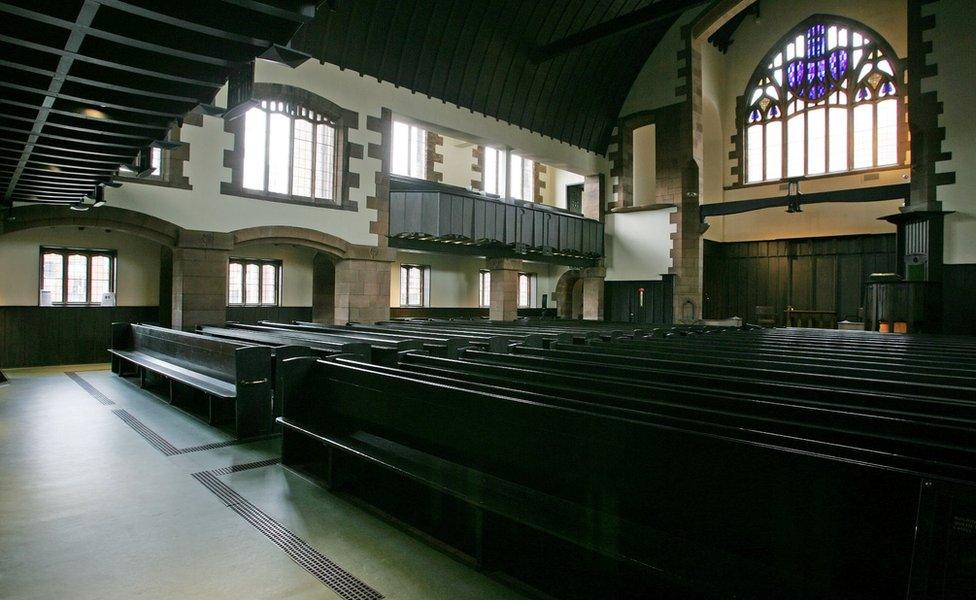
Queen's Cross church is used as a performance venue
The only church Charles Rennie Mackintosh designed and built, it opened in 1899 in Maryhill.
When it closed as a church in 1976, it was taken over by the Charles Rennie Mackintosh Society, which owns and operates it as a visitor attraction. In recent years, it has been a popular venue for small concerts and performances, and is regularly used by the Celtic Connections festival.
A number of original artefacts, including chairs designed for the Willow Tea Rooms, are on display.
Mackintosh at the Willow
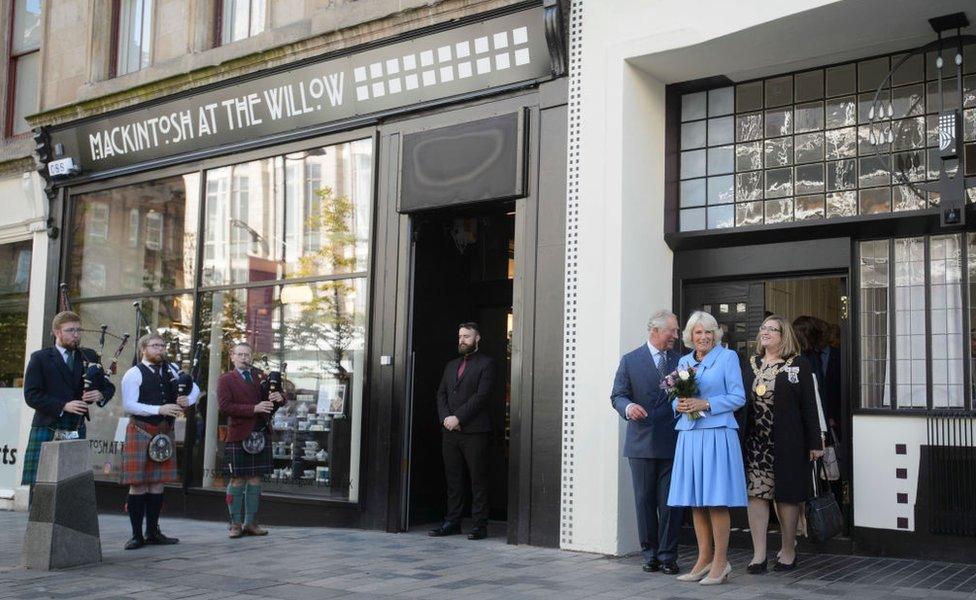
In 2018 King Charles and Queen Camilla - then the Duke and Duchess of Rothesay - visited Mackintosh at the Willow following a refurbishment
The only surviving tea rooms designed by Charles Rennie Mackintosh, the Willow Tea Rooms were commissioned by local entrepreneur Catherine Cranston and opened on Sauchiehall Street in 1903.
The building had various changes of ownership and use over the years, including a spell as a department store. It was purchased in 2014 by the Willow Tea Rooms Trust to prevent the sale of the building and loss of the contents to collectors.
It reopened as a social enterprise in 2018 under the name Mackintosh at the Willow after a £10m refurbishment.
The Lighthouse
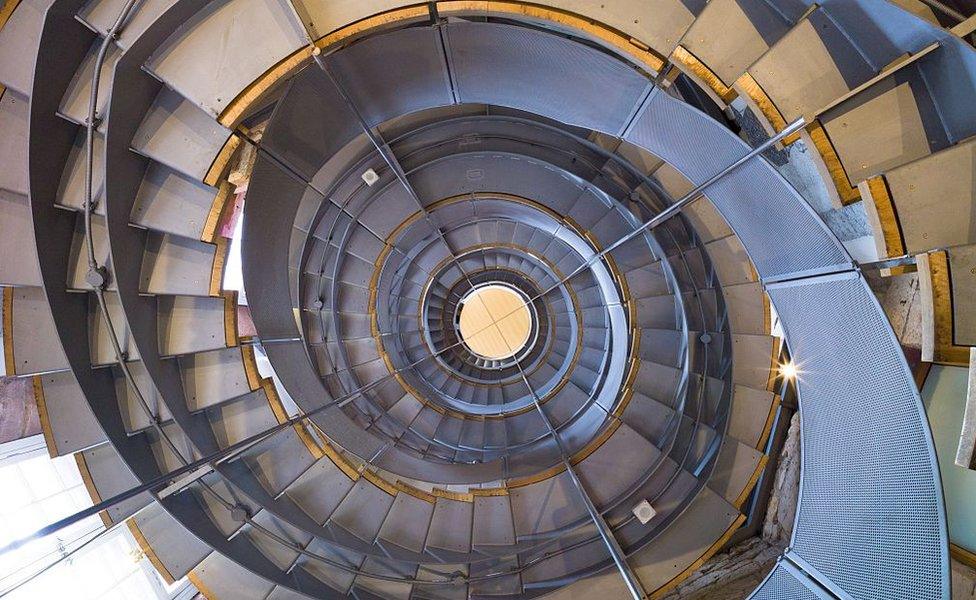
The spiral staircase in Mackintosh Tower - part of the Lighthouse centre for architecture in Mitchell Lane
The Lighthouse was opened in 1999 as a centre for architecture and design. During that year, Glasgow held the title of UK City of Architecture and Design.
The building in Glasgow's Mitchell Lane once housed the Glasgow Herald. Designed by Mackintosh in 1895, it includes a "doocot", which was used to house pigeons returning with racing results for the paper.
The building has been closed to the public since 2020, and Glasgow City Council says it's considering its future use.
Scotland Street School
The school was designed by Charles Rennie Mackintosh between 1903 and 1906, in the Kingston area of Glasgow.
It originally had more than a thousand pupils but in the 1970s, as the M8 motorway and Kingston Bridge cut through the area, the school's roll fell to under 100 and in 1979 it closed.
The school reopened as a museum in the 1980s, offering visitors a chance to sit in a historic classroom.
It is currently closed for a major refurbishment, with plans to include a nursery and digital learning hub in addition to a museum.
Related topics
- Published24 January 2023
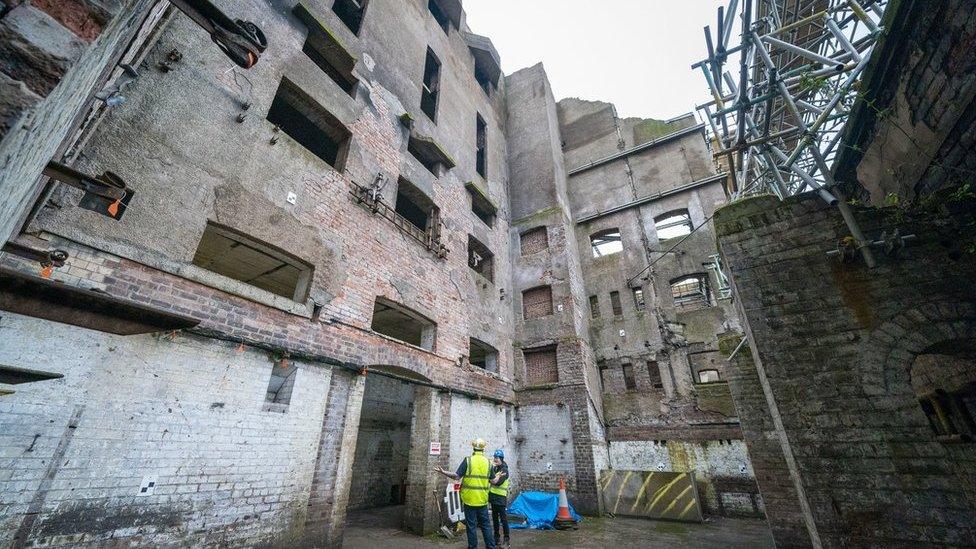
- Published4 June 2018
